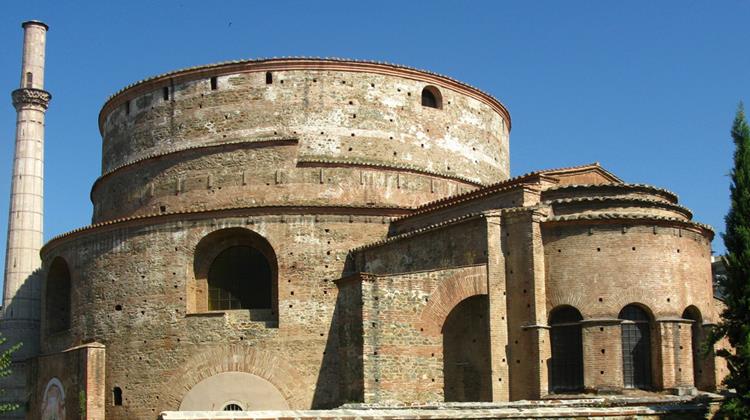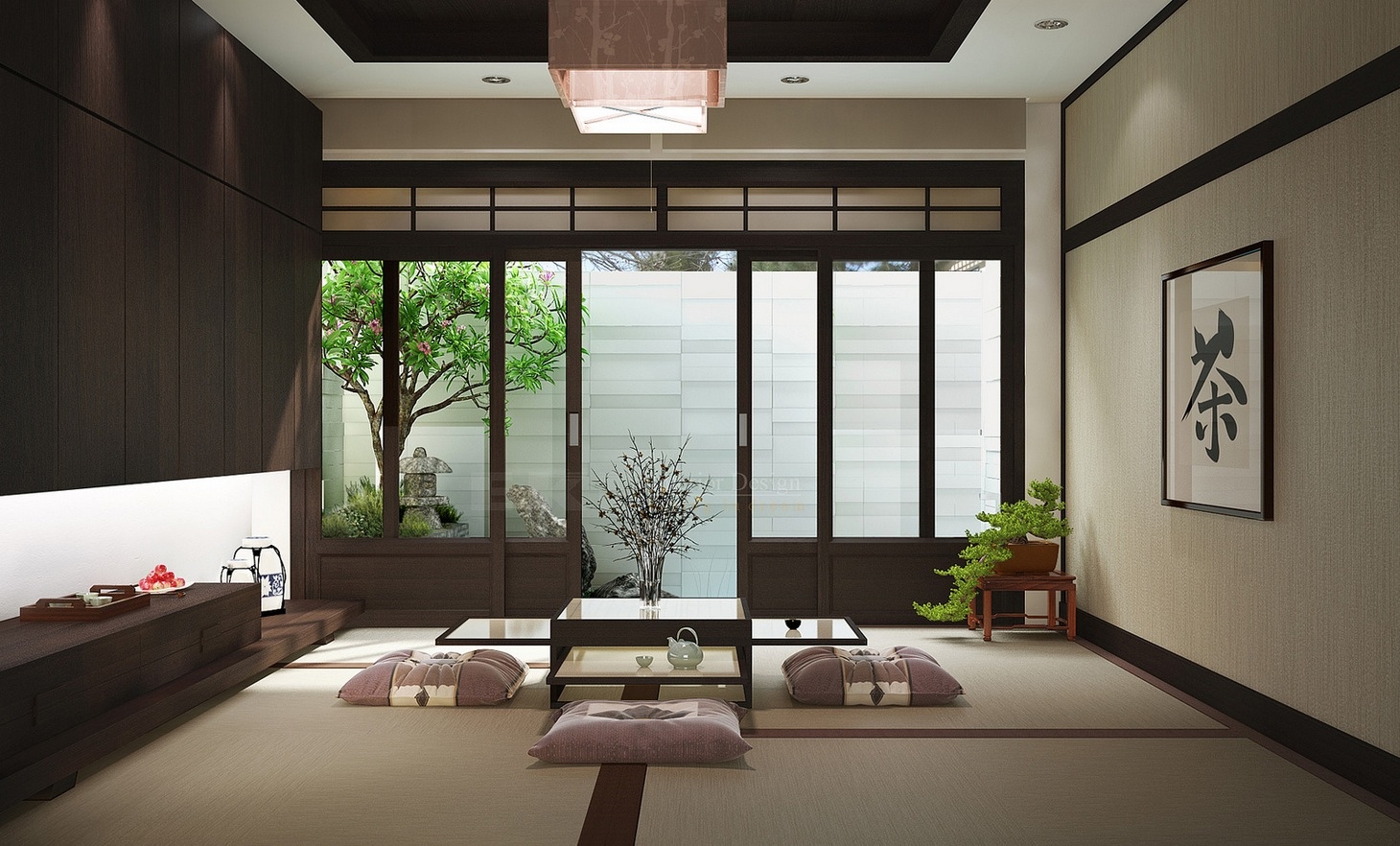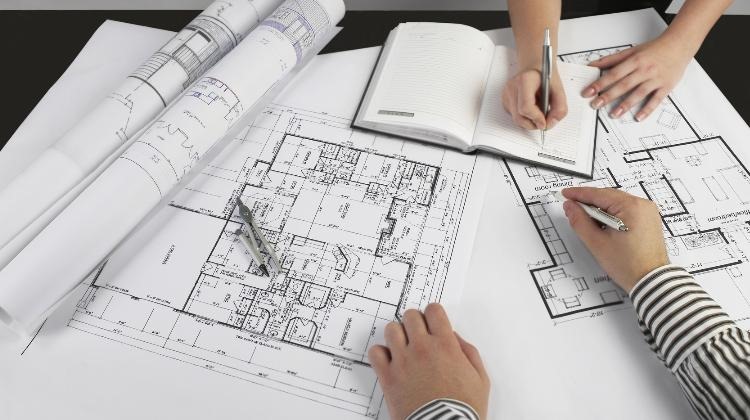
Roman architecture is really a fusion of traditional Greek and also the Etruscan elements, where arches were developed and horizontal beams were based on posts. Later, 3d counterpart from the arch, namely the dome was introduced. Aside from this, Roman architects found their inspiration in the Greek architecture in particular.
The fundamental building materials from the Roman architecture are gemstones, developed concrete, and highly costly marble. The concept behind mosaic, a decoration of colourful chips of stone inset into cement, was introduced from A holiday in greece. Roman homes became a member of the well-known mural decorating floors, walls, and grottoes in geometric and pictorial designs.
Architecture from the Romans was always eclectic and it was characterised by different styles related to different regional tastes and various preferences of an array of patrons. Generally, Roman monuments specified for for everyone the requirements of their patrons instead of to convey the artistic ability of the makers.
Roman architecture seemed to be regarded as a precise copy from the Greek building style. But, the Romans also have led to the classical architectural styles. The 2 developments of Roman structures styles would be the tuscan and composite orders. Tuscan is really a shortened, simplified variant around the doric order from the Greek style. Composite is really a tall order using the floral decoration from the Corinthian and also the scrolls from the ionic building type of the Greeks.
The Roman Colosseum is the greatest-known amphitheatre on the planet, that is more properly termed the Amphitheatrum Flavium, following the Flavian empire that built it. The Pantheon is really a building in Rome, that was initially built like a temple towards the seven deities from the seven planets from the Roman condition religion. Since seventh century, it’s been a Christian church. The Colosseum and also the Pantheon are the structures built during this time period.
Roman contribution towards the architecture of today’s world is the introduction of concrete for building purposes. And yet another contribution may be the Empire’s type of architecture that may be still seen throughout Europe and The United States within the arches and domes of numerous governmental and non secular structures.
The Role of Architectural Styles in Home Design
June 6, 2023Services Provided by a Quality Team of Architects
June 18, 2018Online Architecture Training
March 7, 2017
Comments are closed.
-
Info on a job in Architecture Design
February 7, 2017 -
Services offered by moving companies
September 21, 2023
Latest Posts
-
6 Reasons Why You Should Live In The Bay Area
April 10, 2024 -
The Impact of Your Groceries
March 29, 2024 -
Elevate Your Space In Your Forever Home
March 28, 2024 -
The Cost Of Clutter: How Junk Impacts Your Finances
March 28, 2024
Recent Posts
- 6 Reasons Why You Should Live In The Bay Area April 10, 2024
- Experience the Benefits of Residential Water Softener Installation April 2, 2024
- The Impact of Your Groceries March 29, 2024
- Elevate Your Space In Your Forever Home March 28, 2024
- The Cost Of Clutter: How Junk Impacts Your Finances March 28, 2024












